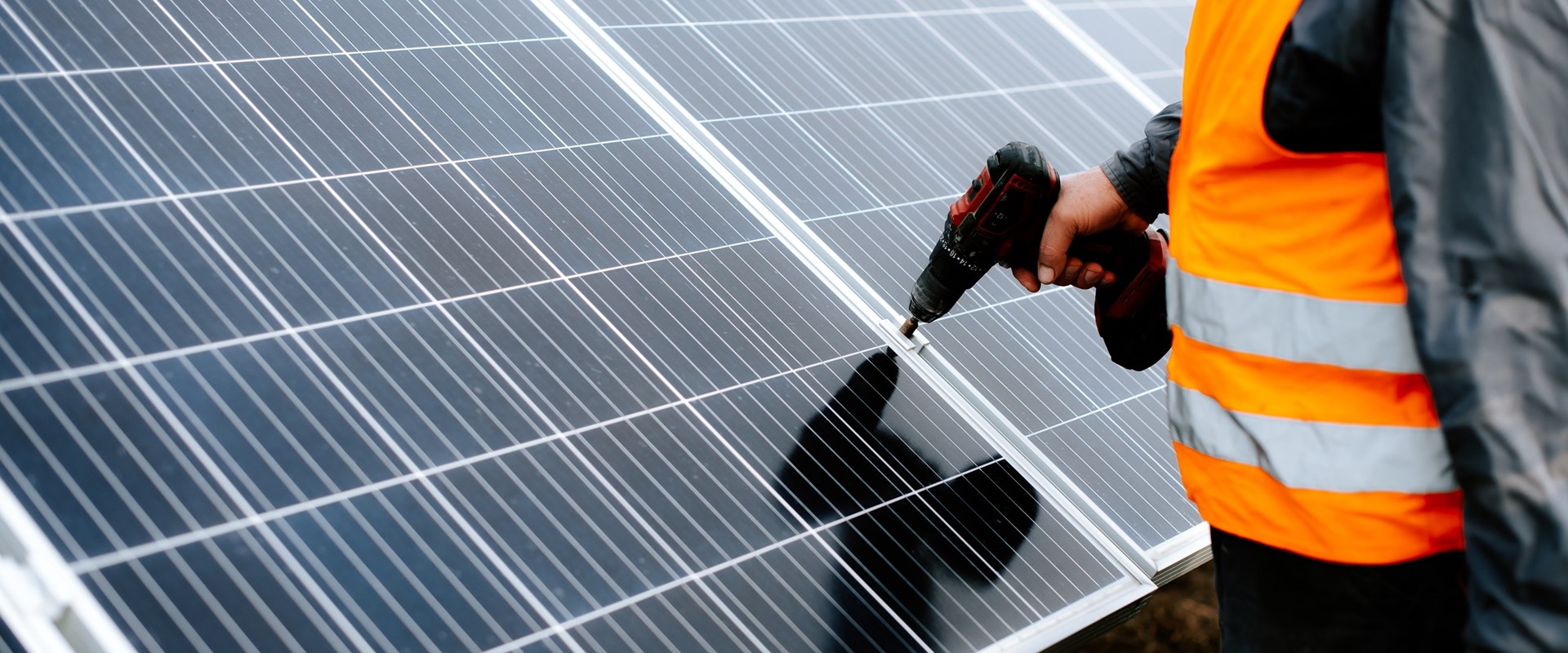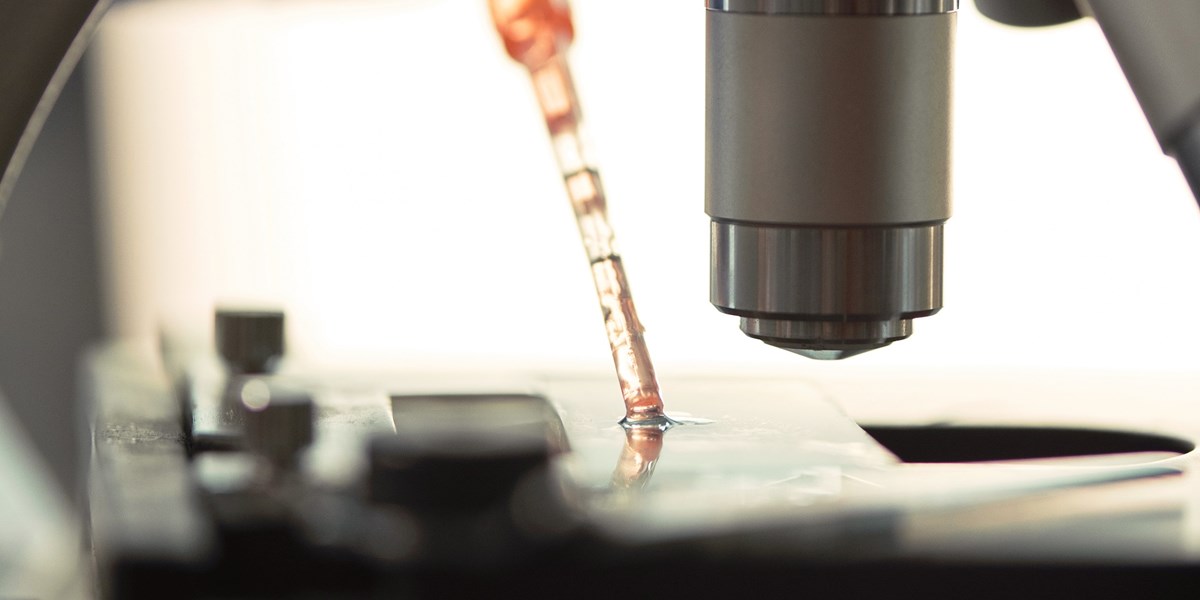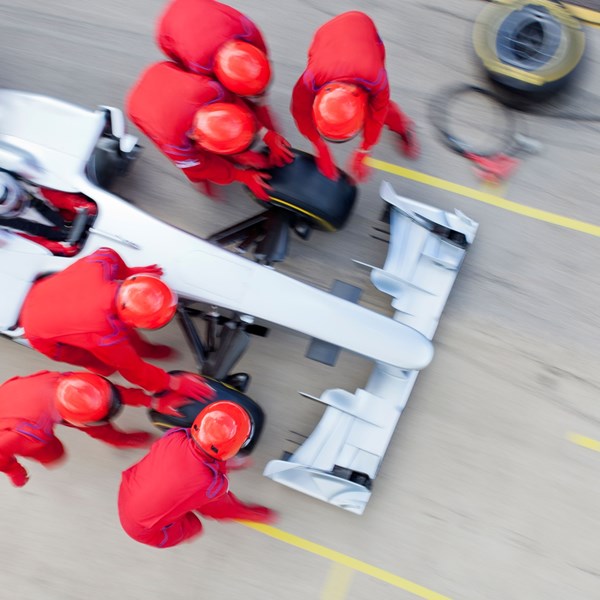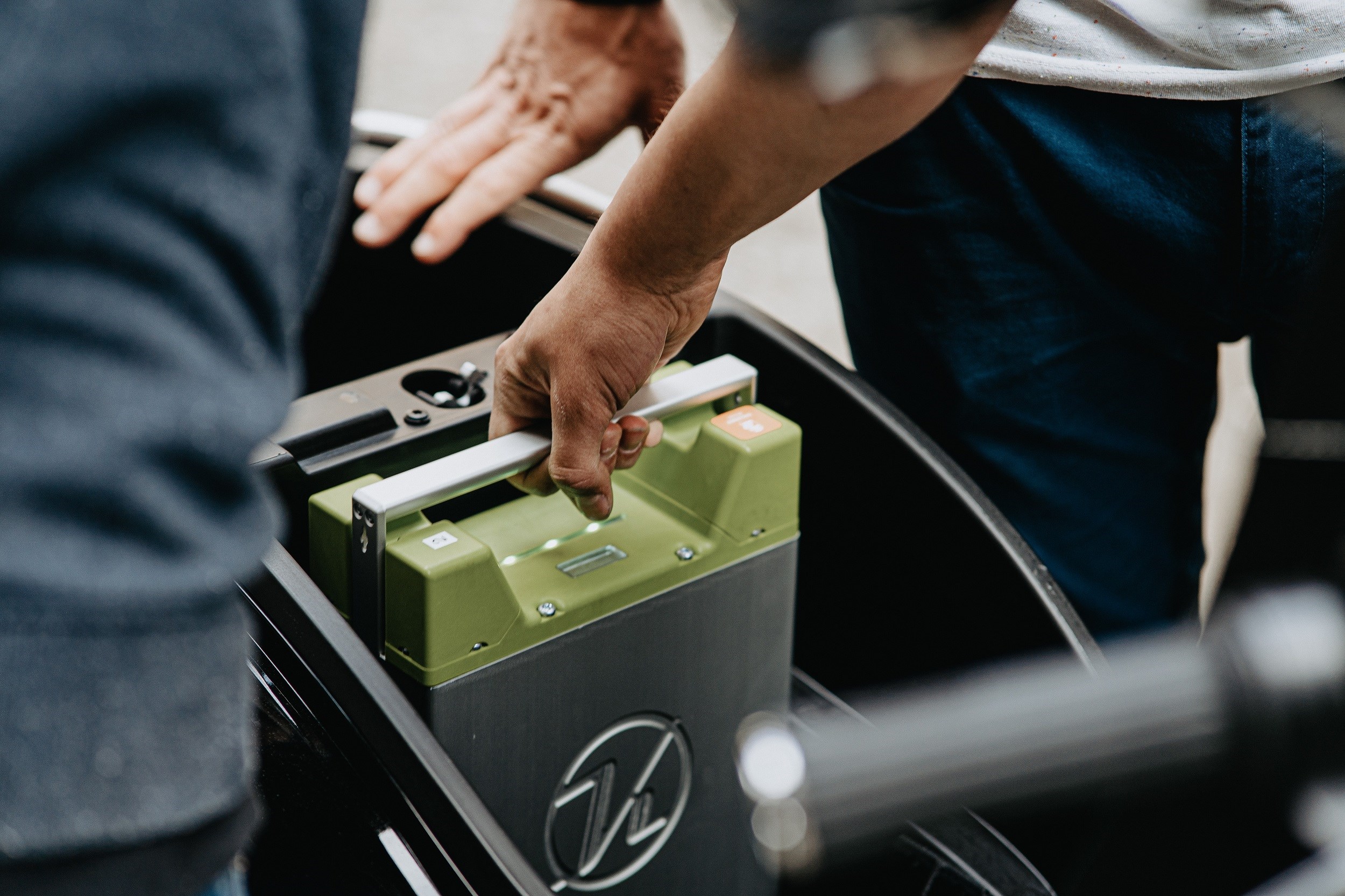Earlier this year the European Technology and Innovation Platform for Photovoltaics, ETIP PV, published a Strategic Research and Innovation Agenda, SIRA. The purpose is to guide Europe’s clean energy transition to success, in part through setting out the current performance of PV technology and explaining why and how to go further.
In our latest article on PV innovation, we discuss some of the technical challenges and opportunities facing PV and compare these with recent patenting trends.
WHAT ARE SOME OF THE TECHNICAL CHALLENGES FACING PHOTOVOLTAICS?
As formulated by the ETIP PV, these include:
- Performance enhancement and cost reduction - the roadmaps here relate to silicon PV, perovskite PV, thin-film (non-perovskite) PV, and tandem PV.
- Lifetime, reliability, and sustainability enhancements - sustainable and circular solar PV is an objective for solving this challenge.
- New applications through integration of photovoltaics - research and innovation priorities here include PV in buildings, vehicle integrated PV, agrivoltaics and landscape integration (related agrivoltaics challenges in this respect include ensuring biodiversity preservation and nature restoration), floating PV, infrastructure integrated PV, and “low-power” energy harvesting PV (such as for autonomous sensors and IoT devices).
- Smart energy system integration of photovoltaics - the roadmaps here concern amongst other issues improved efficiencies by integration of PV-systems in DC-networks, hybrid systems (e.g., PV + wind + storage) that support demand flexibility, and virtual power plants.
A corresponding survey for PV stakeholders to inform a 2024 update to the SIRA is open until 30 November 2023.
We have previously commented on the multi-disciplinary nature of PV innovation, which covers digital / AI, materials, processes, and cell & array structures. In principle, each innovation area can tackle each of the above-mentioned technical challenges, sometimes as part of a multi-pronged approach.
For example, materials and process innovation can be driven by intrinsic performance considerations (light harvesting efficiency or durability, for example), scalability (e.g., seeking to reproduce promising R&D results - see here and here for recent examples - at scale), and/or sustainability.
Digital / AI innovation, on the other hand, can manifest itself in the intelligent monitoring of solar PV systems (in isolation or as part of an integrated grid), simulations, and in the identification of promising materials or cell structures.
WHAT IS THE GENERAL PATENTING TREND FOR PV?
Figure 1 shows a 10-year overview of PV patenting activity, specifically the number of patent families (independent of jurisdiction) published per year from 2012 to 2022.
Figure 1
As shown, since 2016 the number of PV patent families published per year has risen significantly, from approximately 11,000 in 2016 to nearly 35,000 in 2022. Relatively recent (from 2020 to 2022) subject specialisms are tabulated in Table 1 and show a general alignment with the ETIP PV’s technical challenges.
Table 1
| Top subjects for PV patent filings (2020-2022) | # Patent families |
| Mountings or tracking | 8980 |
| Integration of renewable energy sources in buildings | 8030 |
| Structural details of PV modules other than those related to light conversion | 4776 |
| Systems combining energy storage with energy generation of non-fossil origin | 3535 |
| Cleaning arrangements | 3396 |
WHAT IS THE SOFTWARE PATENTING TREND FOR PV?
The data behind Figure 1 was analysed to shed light on the contribution of general computing and specific computational models (examples of which include learning methods and machine learning) to the overall patenting trend. The results are show in Figure 2.
Figure 2
Given digitalization as a driving force for innovation more generally, the low percentage values here may point to an underestimate of true software contributions to PV innovation (e.g., if the appropriate classifications were not added by search examiners). The following trends are nonetheless apparent: the contribution of general computing inventions to overall PV patenting activity has steadily increased over the last decade; and specific computational models (as a subset of general computing inventions) underwent a step-change in PV patenting activity from 2018-2020.
Following the general insights provided above, relatively recent software specialisms that may support technical challenge #3 above are tabulated in Table 2.
Table 2
| Top computing subjects for PV patent filings (2020-2022) | # Patent families |
| Monitoring or testing of PV systems | 281 |
| Systems or methods specially adapted for electricity, gas or water supply | 250 |
| Testing of PV devices | 195 |
| Systems or methods supporting the power network operation or management, involving a certain degree of interaction with load-side end user applications | 137 |
| Learning methods | 112 |
WHAT DOES THE FUTURE HOLD FOR PHOTOVOLTAICS INNOVATION?
A recent paper in Nature Communications forecasts that solar energy is set to become the dominant renewable technology by the middle of this century “without any further climate policies”. Notwithstanding the encouraging take-home message from this paper, we consider that continued PV innovation - backed by sustained investment and appropriate government policies - remains vital to overcome the technical challenges identified above. If these technical challenges are overcome, society may then take full advantage of PV as a renewable energy technology.
As such, we expect IP rights in this field to remain a key part of stakeholders’ commercial objectives and strategies, whether for agile start-ups and investors seeking to back the next breakthrough development, or established companies seeking an effective IP strategy that aligns with their long-term business plans.
If you want to find out more about how your IP can help you create commercial value from your PV or cleantech invention feel free to contact any of our energy and cleantech team.
NOTES
The patenting trends presented in this article are based on data obtained from Espacenet using the following Cooperative Patent Classification, CPC, symbols: Y02E10/50 or H02S for general PV; G06 for computing, calculating, or counting (general computing); and G06N for specific computational models. The top subjects correspond to the top five CPC subgroups for each dataset.






